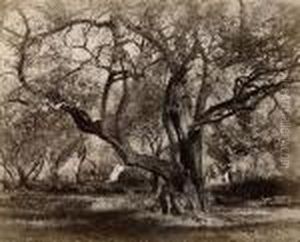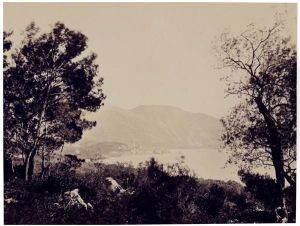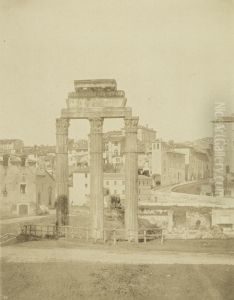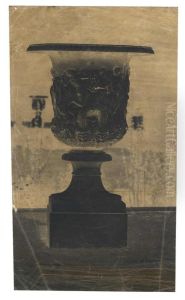Louis Alphonse Davanne Paintings
Louis Alphonse Davanne was a pivotal figure in the early history of photography in France, born in 1824 and passing away in 1912. His contributions spanned both the technical and artistic realms of the medium, making him a notable character in the development of photographic processes and the establishment of photography as a respected form of art and scientific documentation.
Davanne started his career in photography in the 1850s, a time when the medium was still in its infancy and rapidly evolving. He was deeply involved in the scientific aspects of photography, experimenting with chemical processes to improve the quality and durability of photographic images. His work in this area helped to advance the understanding of photographic chemistry, leading to improvements in the clarity and longevity of photographs, which were crucial for their acceptance as both artistic and documentary records.
Beyond his technical contributions, Davanne was also instrumental in the establishment of several photographic societies in France, including the Société Française de Photographie in 1854, of which he was a founding member. These societies played a critical role in promoting photography as a serious discipline, offering a platform for sharing knowledge, conducting experiments, and exhibiting works. Through his involvement, Davanne advocated for the recognition of photography as a legitimate form of art, pushing against the prevailing notion of the time that photography was merely a mechanical process without artistic merit.
Throughout his life, Davanne was a respected educator and author, sharing his extensive knowledge of photographic techniques and chemistry with others through lectures and writings. His efforts to educate others about photography not only helped to elevate the medium's status but also inspired a new generation of photographers to explore its artistic possibilities.
Davanne's legacy is that of a pioneer who bridged the gap between science and art, contributing significantly to the development of photography as a respected and multifaceted medium. His work laid the groundwork for future advancements in photographic technology and artistry, and his influence is still felt in the world of photography today.



